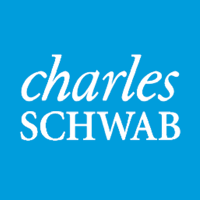
Updated September 2023. Charles Schwab became a major player by offering discounted stock trades back when high commissions were the norm. These days, nearly every broker offers $0 commission trades on online equity/ETF trades. Where they differ is how they choose to squeeze out profit in such a lean environment. Even though Schwab will deny it publicly, they have chosen in many cases to focus on earning interest from their customers’ idle cash as one of their major sources of revenue.
Chase, Bank of America, Wells Fargo, they all make money by making money off your idle checking account balances while paying you nothing or 0.01% APY. They could all pay you more interest, but they don’t. This is why I post regular updates and monthly summaries of better banking options.
However, Schwab has the worst default cash sweep option for cash sweep amongst the “Big Three” brokerage firms by asset size (Vanguard, Fidelity, Schwab). Their mandatory default cash sweep pays only 0.48% APY as of 9/6/23.
For comparison, Vanguard’s default cash sweep is the Vanguard Federal Money Market Fund, which has an SEC yield of 5.27% as of 9/6/23. If I make a sale or receive a dividend distribution, my Vanguard cash automatically waits in this low-cost fund and earns a competitive interest rate. I may complain about how Vanguard is slipping in the customer service area, but this feature by itself is a major reason that I maintain my Vanguard brokerage account.
Fidelity has a FDIC cash sweep available as well, but they also let me switch my “core position” (their term for default cash sweep) to a higher-yield money market fund like Fidelity Treasury Money Market Fund (FZFXX) which has an SEC yield of 4.97% as of 9/6/23 or Fidelity Government Money Market Fund (SPAXX) which has an SEC yield of 4.97% as of 9/6/23. I find it amusing that Schwab was so chippy with Fidelity in this old article Zero Confusion: Setting the Record Straight. There is a reason why Schwab places that “one click” wall between you and a higher APY.
In the end, the most important thing is for you as the customer to understand the situation. Schwab still has other positive attributes and a reputation for good customer service. The good news is that there are several options for self-motivated individuals (like you that read posts like this!) who are willing to put forth a little effort to earn what could add up to hundreds or thousands in extra interest.
Manually invest in Schwab money market funds. The key is to visit this page: Schwab Purchased Money Funds for the most current fund options, minimums, and rates. These are not FDIC-insured, but they are still regulated by the SEC and required to hold very safe investments of a very short duration. Here the the available Schwab funds and SEC yields as of 9/5/23 with zero minimums. No transaction fees. There are higher-yielding options if you have more than $1 million.
- Schwab Value Advantage Money Fund® – Investor Shares (SWVXX) 5.23%
- Schwab Government Money Fund – Investor Shares (SNVXX) 5.05%
- Schwab Treasury Obligations Money Fund – Investor Shares (SNOXX) 5.06%
- Schwab U.S. Treasury Money Fund – Investor Shares (SNSXX) 5.03%
Again, these money market mutual funds can’t be set as an automatic sweep; you must manually move money in and out of the product. Every time you have a dividend or capital gains distribution, or you made a sale, you have to remember to move your cash (“sort”) into a higher-yielding option. This also means that if you want to for example buy new shares of stock, you would need to first put in an order to sell your money market mutual fund shares into cash (in order to have the funds available to buy that stock). The system won’t be able to automatically sell your fund. You’ll have to coordinate settlement times, and it may be helpful to have a margin account for faster funds availability.
Treasury bills (auction and secondary). You can buy US Treasury bills and bonds directly through the Schwab fixed income desk. You can place either an auction order for a “new” T-Bill or buy them on the secondary market. There is no commission for online orders and a $25 fee per broker-assisted trade.
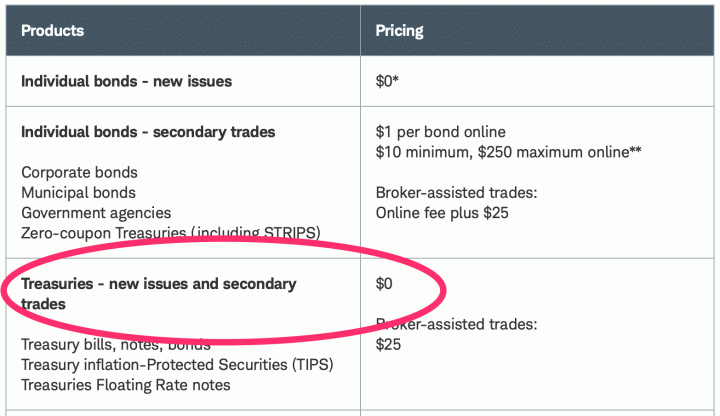
Buying an outside ETF. You can also use your free stock trades to buy an ETF that is close to cash (ultra-short duration, high-quality bonds). These will not be FDIC-insured and carry a bit of duration risk, but if your ETF holds T-Bills then those are also fully backed by the US government. Here are a few ideas (note the the reported rates may lag by up to one month):
- The iShares 0-3 Month Treasury Bond ETF (SGOV) has an effective duration of 0.10 years. SPDR Bloomberg Barclays 1-3 Month T-Bill ETF (BIL) has an effective duration of 0.08 years.
- The PIMCO Enhanced Short Maturity Active Bond ETF (MINT) and the iShares Short Maturity Bond ETF (NEAR) hold a portfolio of investment-grade bonds with an average duration of ~6 months.
Bottom line. Charles Schwab has a default cash sweep option with a relatively tiny interest rate. To earn more, you must do some research and manually buy one of the alternatives listed above that can earn ~10x more.
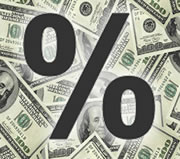 Here’s my monthly roundup of the best interest rates on cash as of September 2023, roughly sorted from shortest to longest maturities. There are often lesser-known opportunities available to individual investors. Check out my
Here’s my monthly roundup of the best interest rates on cash as of September 2023, roughly sorted from shortest to longest maturities. There are often lesser-known opportunities available to individual investors. Check out my 

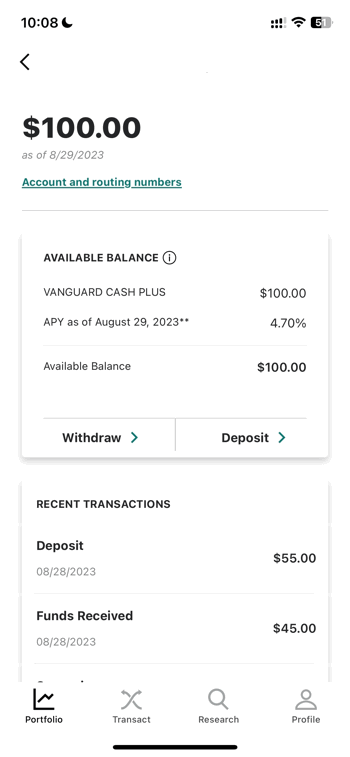
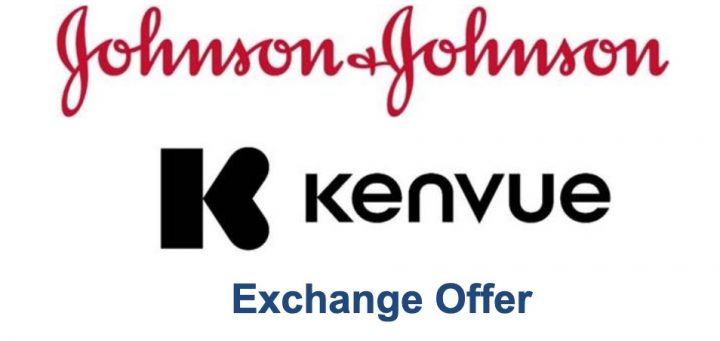
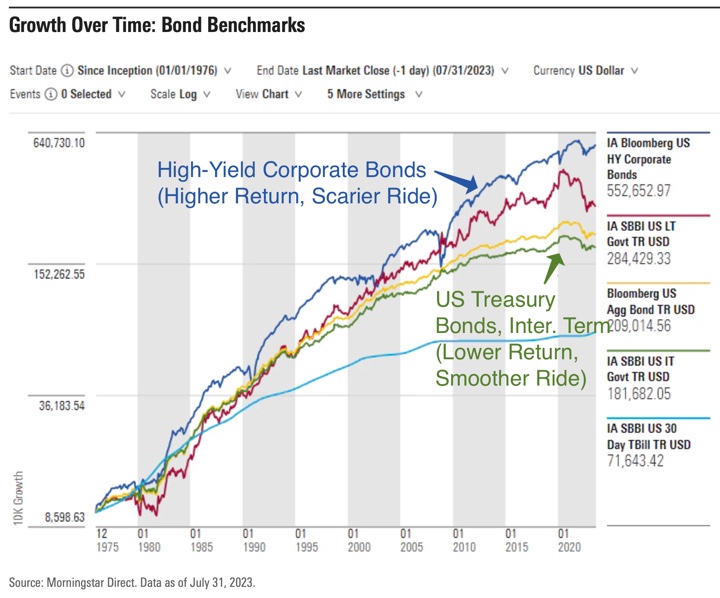
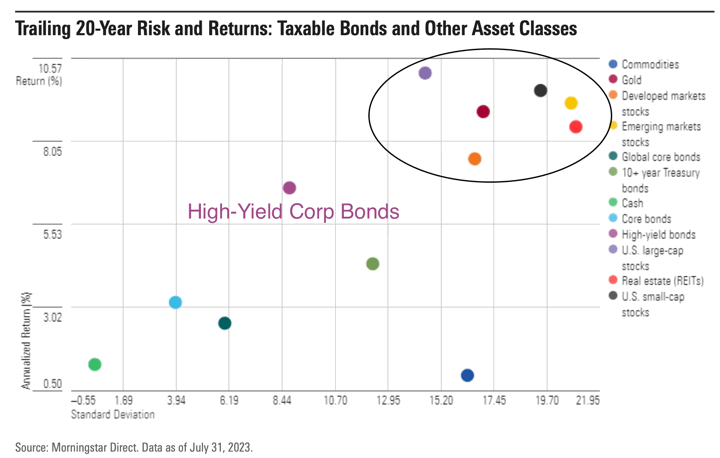
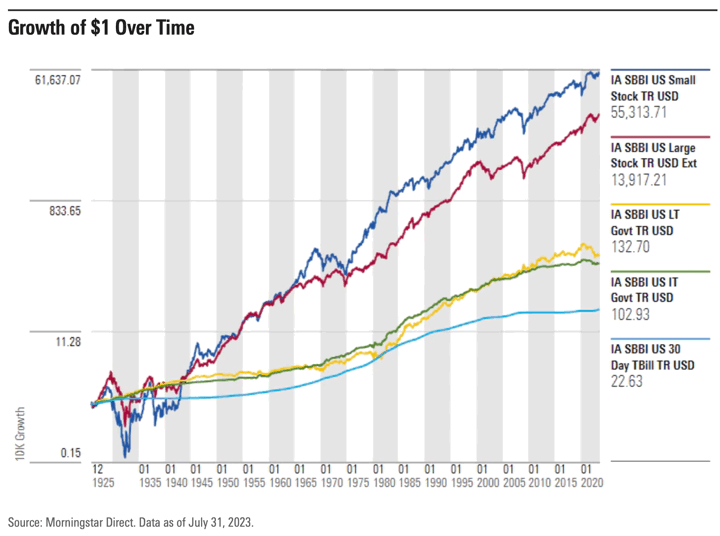
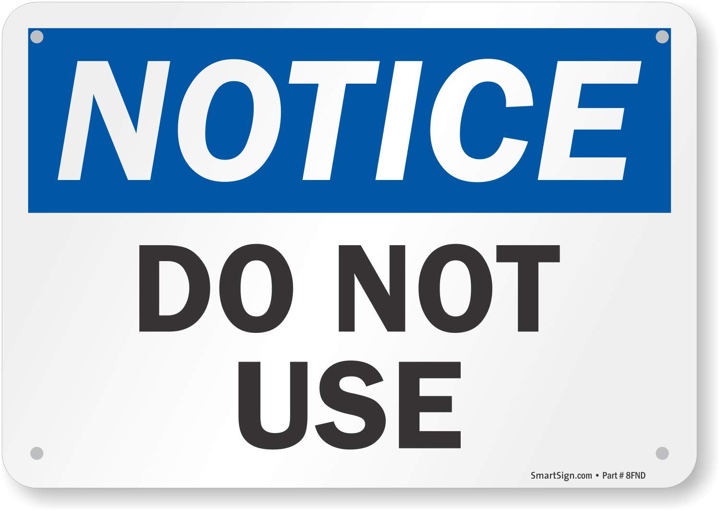
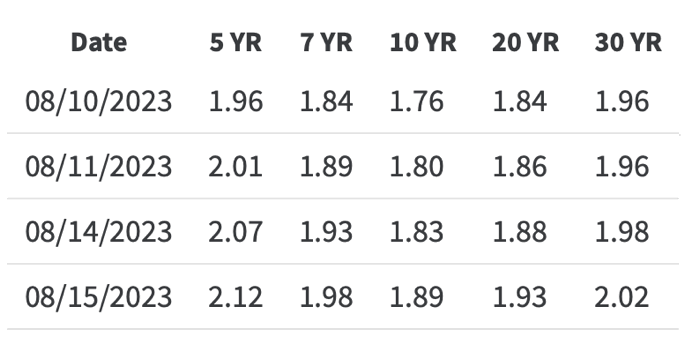
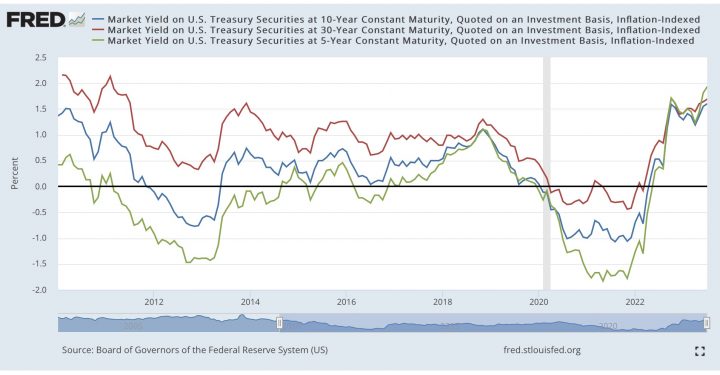
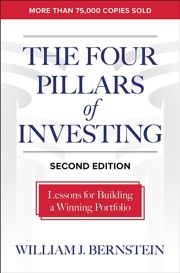
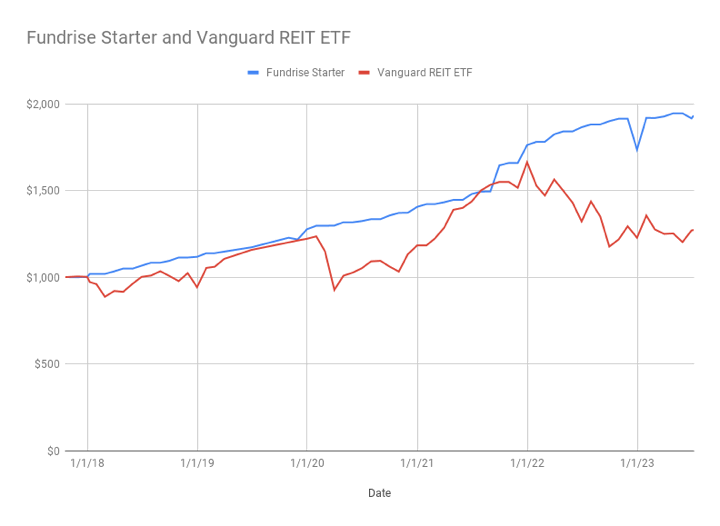

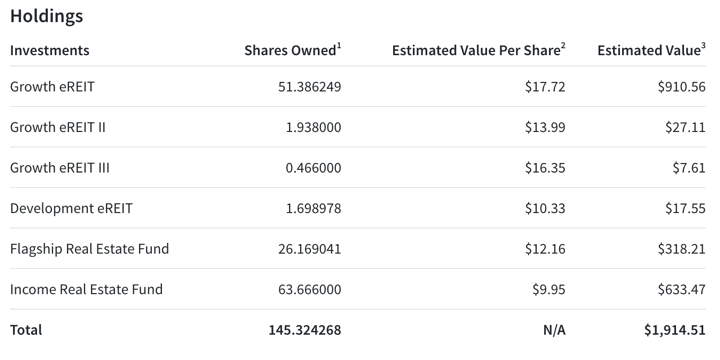

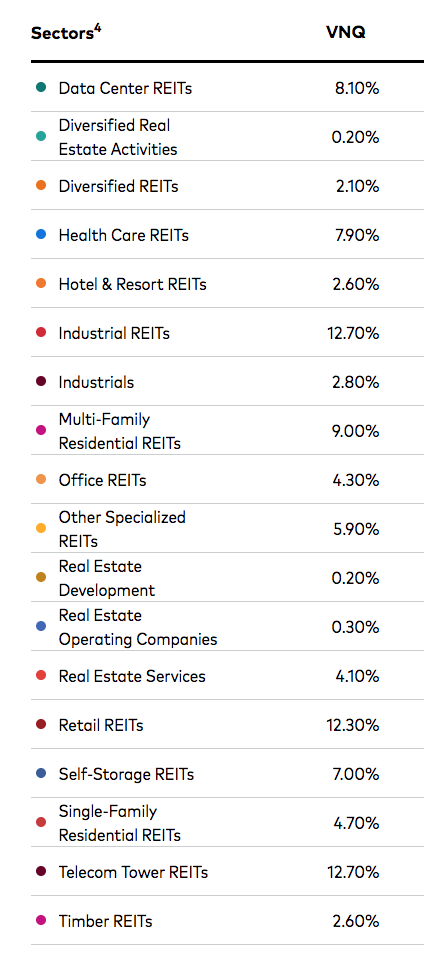
 The Best Credit Card Bonus Offers – May 2024
The Best Credit Card Bonus Offers – May 2024 Big List of Free Stocks from Brokerage Apps
Big List of Free Stocks from Brokerage Apps Best Interest Rates on Cash - May 2024
Best Interest Rates on Cash - May 2024 Free Credit Scores x 3 + Free Credit Monitoring
Free Credit Scores x 3 + Free Credit Monitoring Best No Fee 0% APR Balance Transfer Offers
Best No Fee 0% APR Balance Transfer Offers Little-Known Cellular Data Plans That Can Save Big Money
Little-Known Cellular Data Plans That Can Save Big Money How To Haggle Your Cable or Direct TV Bill
How To Haggle Your Cable or Direct TV Bill Big List of Free Consumer Data Reports (Credit, Rent, Work)
Big List of Free Consumer Data Reports (Credit, Rent, Work)